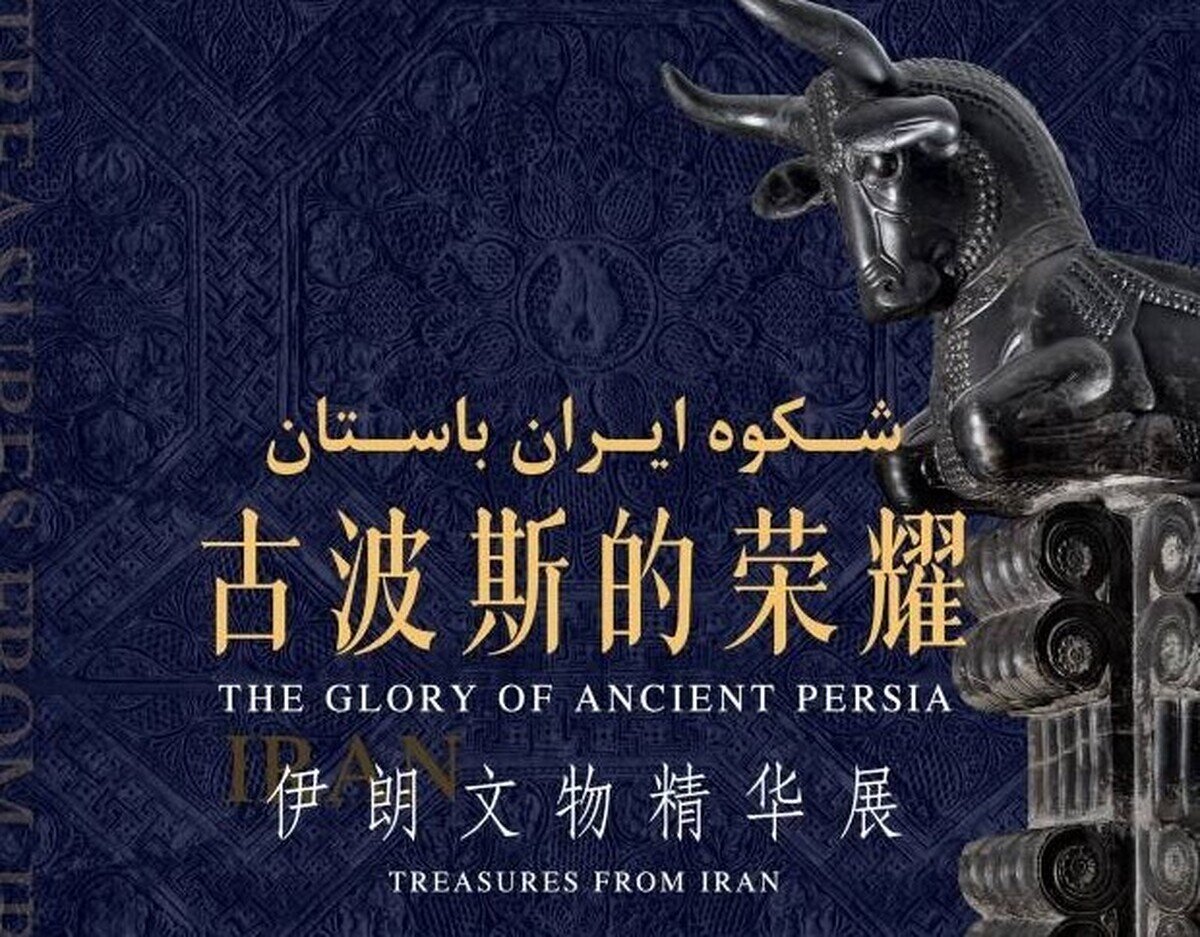‘Glory of Ancient Persia’, an exhibition of top Iranian artifacts, opens in Urumqi

TEHRAN - The “Glory of Ancient Persia”, which is a loan exhibition of Iranian artifacts, officially opened at the Xinjiang Uygur Autonomous Region Museum in Urumqi on Friday.
The opening ceremony was attended by Kaisar Abudureyimu, Vice Chairman of the Xinjiang Uygur Autonomous Region; Ali Darabi, Deputy Minister of Iran’s Ministry of Cultural Heritage, Tourism, and Handicrafts; Mohsen Bakhtiar, Iranian Ambassador to China; Jebrael Nokandeh, Director of the National Museum of Iran; and Yu Zhiyong, Vice President of the Xinjiang Academy of Cultural Heritage and Director of the Xinjiang Museum.
The event was presided over by Xu Ruijun, Party Secretary and Deputy Director of the Xinjiang Department of Culture and Tourism, China Daily reported.
Addressing the ceremony, Nokandeh underlined that museums are not only places for preserving and showcasing cultural relics but also ambassadors of cross-cultural understanding.
“Over the years, the National Museum of Iran and Chinese museums have forged a rich record of positive and valuable experiences.”

“This exhibition will further strengthen and develop the friendship between our two countries,” Nokandeh added.
As two ancient civilizations, China and Iran have been closely connected through the Silk Road since antiquity. Over 2,000 years ago, an envoy from the Han Dynasty led by Zhang Qian’s deputy visited ancient Persia. In the 13th century, renowned Iranian poet Sadi traveled to China, leaving profound impressions of the land, the report said.
Diplomatic relations between China and Iran were established on August 16, 1971. Over the past half-century, cultural exchanges between the two nations have deepened, witnessing the steady development of bilateral ties.
Earlier in 2024, the Palace Museum and Shanghai Museum collaborated with Iran’s Ministry of Cultural Heritage, Tourism, and Handicrafts, along with four Iranian museums, to launch the Exhibition of Iranian Artifacts. The exhibition was successfully held in Beijing and Shanghai, garnering widespread acclaim.

The current exhibition will run for three months, from December 6, 2024, to March 6, 2025, featuring 216 exquisite artifacts from the National Museum of Iran, Persepolis Museum, Rasht Museum, and Gorgan Archaeological Museum.
Organized into three thematic sections—Dawn of the Plateau, Era of Glory, and Art of Faith—the exhibition showcases a comprehensive view of ancient Iran’s rich history and artistic charm. The artifacts range from palace architecture to household furnishings, royal treasures to everyday objects, and painting to calligraphy.
Some pieces also incorporate Chinese elements, highlighting the Silk Road’s historical and contemporary role in fostering dialogue, promoting cultural exchange, and building a shared future for humanity.
Together, we will foster cultural dialogue, enhance mutual understanding, and jointly promote the preservation and development of cultural heritage. This will further advance the narrative of cultural exchange between our two nations,” said He Jia, Party Secretary of the Xinjiang Museum.

“In the future, we will deepen collaboration with Iranian cultural institutions in areas such as museum exchanges, outbound and inbound exhibitions, and cultural relic preservation and restoration.”
The Xinjiang Uygur Autonomous Region Museum, a cultural landmark on the Belt and Road Initiative, has long dedicated itself to promoting the exchange and mutual learning of Silk Road civilizations.
Urumqi is the capital of the Xinjiang Uyghur Autonomous Region in Northwestern China. With a census population of 4 million in 2020.
AM
Leave a Comment